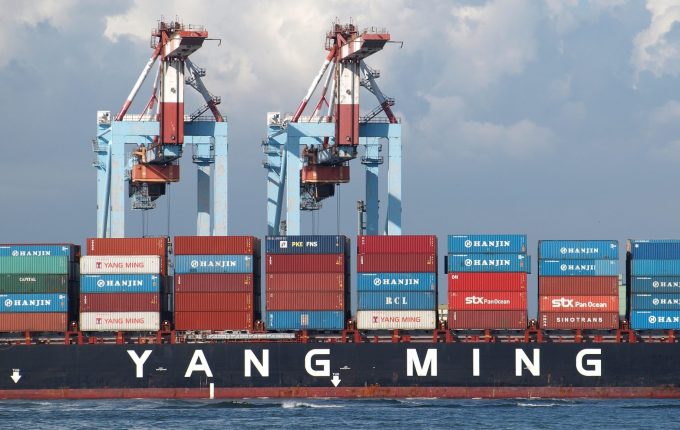More luck than judgment? Top 10 box lines enjoy elusive balance
Something of a sweet spot?

Taiwanese ocean carrier Yang Ming recorded a net loss of $30m in the third quarter.
This leaves Hapag-Lloyd as the only vessel-sharing partner of THE Alliance in the black.
Yang Ming attributed the negative result – which extends its losses to $220m for the nine months – to “an unfavourable supply-demand balance ...

Comment on this article